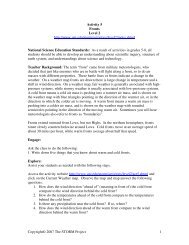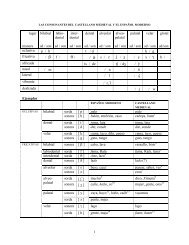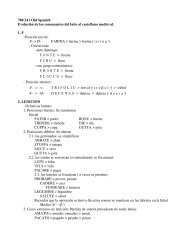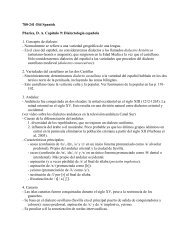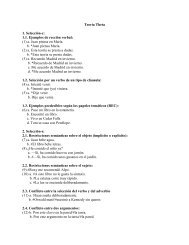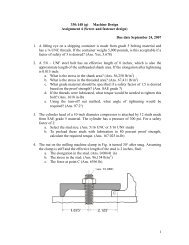TACTICAL COMMAND
TACTICAL COMMAND
TACTICAL COMMAND
Create successful ePaper yourself
Turn your PDF publications into a flip-book with our unique Google optimized e-Paper software.
Advanced LOS: The rule change about seeing over obstacles isn't much of problem; it<br />
just requires a pause to measure. It can be ignored without much effect. The Advanced LOS rule<br />
that shouldn’t be ignored, however, is the part about the recon units and spotting hidden stands.<br />
This really makes recon units useful and gives players a reason to keep them alive. As long as<br />
there is coordination between the recon unit and another unit, the recon stands can "report the<br />
locations" of the enemy.<br />
Advanced Fire and Movement: This adds a lot to the game without adding any<br />
complexity. It allows fast units to use their speed to engage the enemy with “hit and run” tactics.<br />
Motivation Ratings: The first thing to note is that the ratings work best when they’re thought of<br />
in relative terms (i.e. as a comparative assessment of the two sides in the battle). This way, if<br />
both sides were “regular” troops, but one side was obviously better, that side could be rated<br />
“veteran”. Thus, the ratings are situational: a unit may rate “veteran” in one scenario but<br />
“regular” in another when facing better troops. Some generalizations can be made, though.<br />
Some suggested ratings are Green for French units in 1940, as well as for Russian units in 1941<br />
and 1942 (by 1942, some units may be Regular). A Green rating can also be used for German<br />
conscript units at the end of the war (Volkssturm units). Regular ratings can be used for units<br />
that have some experience, or at least good training and sound doctrine. Infantry of the BEF in<br />
1940, for example, probably rates Regular, as do most of the units hitting the shores on or after<br />
D-Day. Veteran ratings should be reserved for units that have extensive combat experience (for<br />
example, the U.S. 1st Infantry Division in Normandy should be rated Veteran). Elite ratings can<br />
be given to US Ranger units, US and British Airborne units, most Soviet Guards units, and<br />
certain German SS units (but not the myriad SS divisions created in the last year or so of the<br />
war). These ratings do not serve to designate that the individuals in the units were of<br />
certain quality. Rather, the ratings serve to reflect the command and control structures, unit<br />
cohesiveness, as well as officer initiative. This is why French units in 1940 or Italian units in<br />
North Africa should be given the Green rating; their individual soldiers were brave, but their<br />
doctrine and methods of command were generally outmoded.<br />
Cover: Infantry, artillery, and guns that start a scenario set up on the map probably should be<br />
assumed to be in soft cover where they are set up. This reflects trenches, foxholes, firing<br />
positions and gun pits prepared prior to the engagement.<br />
Front Arc and Armor Ratings: Armor ratings for the sides and rear of AFVs were initially set<br />
to 0, even though most AFVs in World War II had all-around armored protection. This was to<br />
reflect the fact that a company that has been flanked is in a much worse tactical position than<br />
when the enemy is head-on. Based on player feedback, I changed the armor rating to half that of<br />
the front arc value. This still makes AFVs extremely vulnerable to flank and rear shots, yet still<br />
provides some variations to better reflect the few armored behemoths that were occasionally<br />
encountered (the Char B1 in 1940, the KV 2 in 1941, or the Tiger from 1942/43) that had good<br />
all-around protection. If players want, they can set rear arc armor ratings to 0 to reflect not only<br />
the poor rear armor of nearly every AFV, but also the confusion and surprise involved in being<br />
attacked from the rear.<br />
Firing at the Enemy: All similar stands of a company must fire at the same enemy stand. This<br />
was done for a number of reasons. First, I unashamedly admit it was done to speed up the game.





